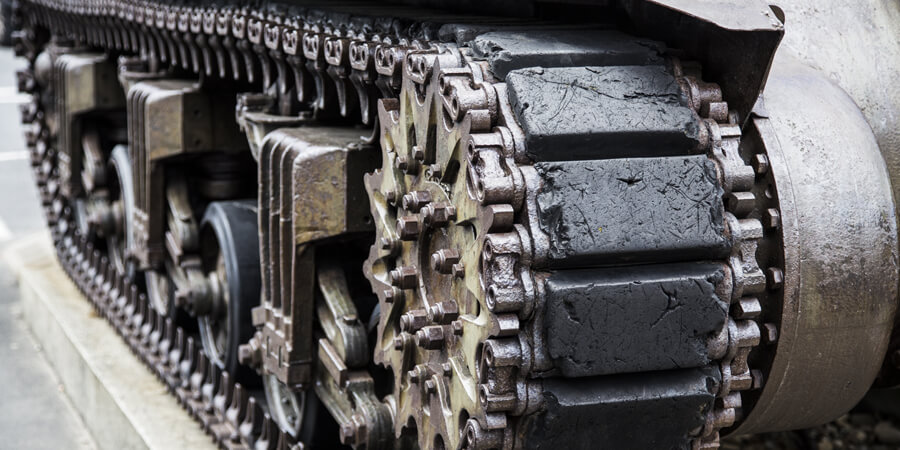
Course information
The Modern History curriculum enables students to study the forces that have shaped today’s world and provides them with a broader and deeper comprehension of the world in which they live. While the focus is on the 20th century, the curriculum refers back to formative changes from the late 18th century onwards and encourages students to make connections with the changing world of the 21st century.
Modern History enhances students’ curiosity and imagination and their appreciation of larger themes, individuals, movements, events and ideas that have shaped the contemporary world. The themes that run through the units include local, national and global conflicts and their resolution; the rise of nationalism and its consequences; the decline of imperialism and the process of decolonisation; the continuing struggle for the recognition of human rights; the transformation of social and economic life; the regional shifts in power and the rise of Asia; and the changing nature and influence of ideologies.
Post-school pathways
Do you enjoy or are you good at History? (pdf, 110kb)
Workload expectation
Three hours outside of class per week to complete homework and assignments.
Course pattern
May be available as a Minor or Major.
Suggested Minor course
Semester | Unit |
|---|---|
1 | Unit 1: Understanding the Modern World |
2 | Unit 2: Movements for Change in the 20th century |
Suggested Major course
Semester | Unit |
|---|---|
1 | Unit 1: Understanding the Modern World |
2 | Unit 2: Movements for Change in the 20th century |
3 | Unit 3: Modern Nations in the 20th century |
4 | Unit 4: The Modern World since 1945 |
Unit descriptions
Unit 1: Understanding the Modern World
This unit provides an introduction to significant developments in the modern period that have defined the modern world, and the ideas that underpinned them such as liberty, equality and fraternity.
Unit 2: Movements for Change in the 20th century
This unit examines significant movements, developed in response to the ideas studied in Unit 1 that brought about change in the modern world and that have been subject to political debate. The unit focuses on the ways in which individuals, groups and institutions have challenged authority and transform society.
Unit 3: Modern Nations in the 20th century
This unit examines the ‘nation’ as the principal form of political organisation in the modern world; the crises that confronted nations in the 20th century; their responses to these crises, and the different paths they have taken to fulfil their goals.
Unit 4: The Modern World since 1945
This unit focuses on the distinctive features of the modern world that emerged in the period 1945-2010. It aims to build students’ understanding of the contemporary world - that is, why we are here at this point in time.
